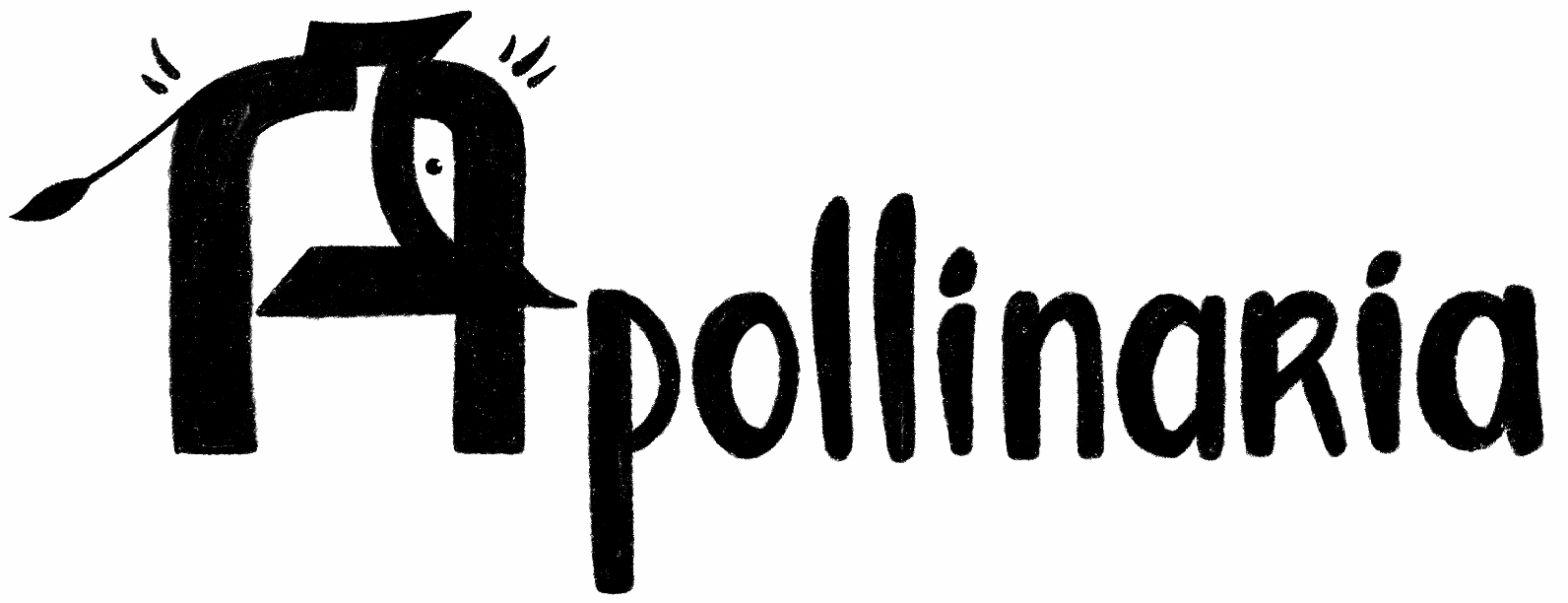CREATION OF THE BOOK
"Hug Me One More Time"
Final book spreads
T A S K
Creating a children's book for ages 6+. The complete process of working on the book: from composing the story and developing artistic character designs to finalizing illustrations and text formatting.
View the full version of the project on Behance.
14,5
MONTHS
the work on the book was carried out
the work on the book was carried out
14
SPREADS
were illustrated
were illustrated
2
LANGUAGES: RU & EN
adapted illustrations
adapted illustrations
STAGES OF WORKING ON A BOOK
01 STEP
Developing the idea
Developing the idea
Formulating the idea
Creating fictional characters
Character development
Creating fictional characters
Character development
02 STEP
Working with text
Working with text
Plot outline
Scene-by-scene plan
Text layout on pages
Scene-by-scene plan
Text layout on pages
03 STEP
sketches
sketches
Character development
Rough and final sketches of scenes Tonal black/white sketches
Rough and final sketches of scenes Tonal black/white sketches
04 STEP
Illustration
Illustration
Style selection and experimentation
Final illustration rendering
Book layout/typesetting
Final illustration rendering
Book layout/typesetting
Book video review

Initial steps in working with the book
I had been conceiving the idea for the book for a long time, however, I wanted to delve deeper into myself by attempting to transform and enhance the concept. To accomplish this, I tried to provide detailed answers to the questions posed below.
- Do I have any thoughts or memories that I often revisit?
- The most vivid moments from the past that I frequently recall.
- What life experiences have I gone through (sad/happy/insightful)?
- What things and activities did I enjoy in childhood?
- What is my current dream? What was my childhood dream?
- Where did I love to be in my childhood? My "secret" space?
- What did I believe in when I was little? What secrets, schemes, and games did I have?
- Any random person I saw, met, or remembered? On a train, on the street, in a movie. A story that would be interesting to create and tell.
- Which journey or place inspired me?

IDEA
DEVELOPMENT
DEVELOPMENT
• Formulating the idea
• Artistic portrayal of characters
• Character development
• Artistic portrayal of characters
• Character development
IDEA FORMULATION:
CONCEPT AND CONSTRUCTIVE MEANING
CONCEPT AND CONSTRUCTIVE MEANING


ARTISTIC PORTRAYAL
OF TWO MAIN CHARACTERS
ALSO, IT WAS NECESSARY TO DETERMINE THE CHARACTER DEVELOPMENT OVER TIME. WHAT ARE THEIR DESIRES, HOW THEY WILL BE AT THE BEGINNING AND END OF THE STORY.
OF TWO MAIN CHARACTERS
ALSO, IT WAS NECESSARY TO DETERMINE THE CHARACTER DEVELOPMENT OVER TIME. WHAT ARE THEIR DESIRES, HOW THEY WILL BE AT THE BEGINNING AND END OF THE STORY.
WORKING
ON THE TEXT
ON THE TEXT
• Personas, improvement scenarios
• Information architecture
• Wireframes
• Information architecture
• Wireframes

SCRIPT PLAN: WORKING ON THE TEXT
At this stage, work was done on writing the draft text for the book. Then, the text underwent page breakdown. The next step involved roughly determining the type of illustration that would be drawn on each page spread: full-page, spot illustrations, frames, vignettes. I described the concept of each illustration in a couple of sentences.

WORKING
WITH SKETCHES
WITH SKETCHES
• Character development
• Rough and final scene sketches
• Tonal black and white refinement of sketches
• Rough and final scene sketches
• Tonal black and white refinement of sketches
SEARCHING FOR DESIGNS FOR TWO CHARACTERS OF DIFFERENT AGES: APA & MIKA



CREATING CHARACTERS MIKA AND APA IN THREE AGES


CREATING CHARACTERS MIKA AND APA:
– IN THREE AGES
–FROM THREE DIFFERENT PERSPECTIVES
– IN THREE AGES
–FROM THREE DIFFERENT PERSPECTIVES



ROUGH SCENE SKETCHES





FINAL SCENE SKETCHES AND TONAL DEVELOPMENT

COLOR MOOD BOARD AND COLOR PALETTE SELECTION
The main task was to find good examples of books using different color schemes, ranging from complementary to contrasting triads. There was also a preliminary search for the stylistic approach in which the future final illustrations for the spreads would be executed. After being inspired at this stage, it was necessary to deeply understand the idea and concept of the book in order to make a clear decision on the color palette.


FINAL
ILLUSTRATION
• Style selection and experimentation
• Creation of final illustrations
• Book layout and design
• Creation of final illustrations
• Book layout and design
STYLE EXPERIMENTATION
To explore different styles, a sketch of the first spread of the book was created. Using the chosen color palette and based on the tonal development of the sketch, the spread was executed in two styles:
– a more painterly and detailed version (on the left);
– a simplified version with filled areas and accent lines (on the right).
– a more painterly and detailed version (on the left);
– a simplified version with filled areas and accent lines (on the right).








Thank you for watching!
You can share your impressions or give feedback on this case study on Behance. Don't forget to give it a like! ;)














